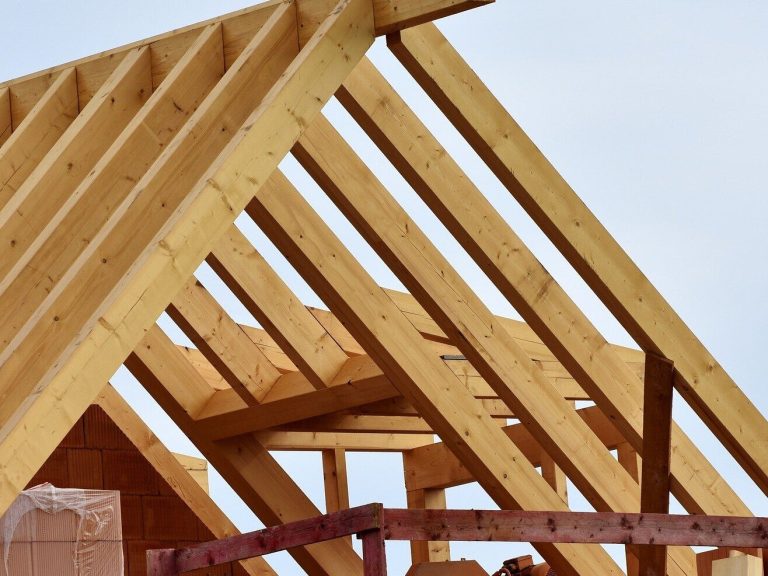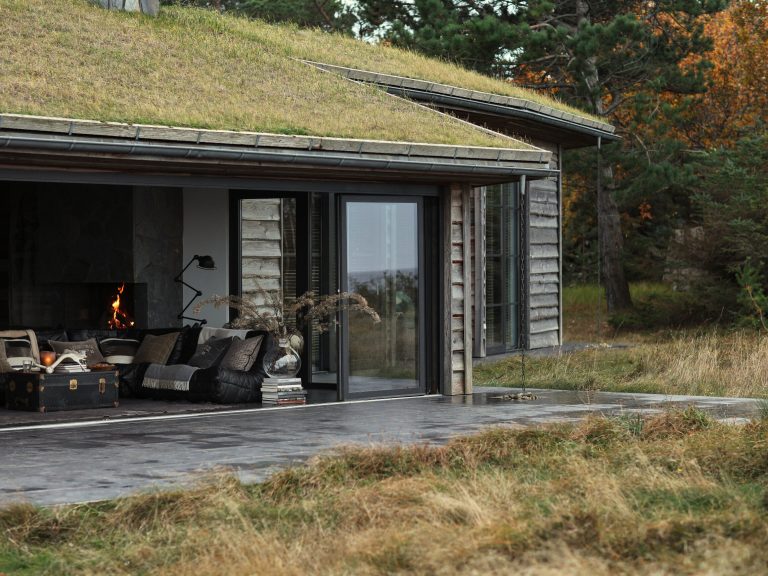A house with a glass living room – elegance in the Mid Century Modern style

It might seem that adding one room is not much. But thanks to this, the traditional house has completely changed its face! It has become bright, spacious and inviting to relax.
The red brick building is a typical terraced house, like many others in Hampstead – spacious and comfortable, because the district is affluent, academic teachers, artists and managers from media-related companies live here. But like all old houses, it was dark. Therefore, the owners asked architects from XUL Architecture for an extension design, including enlarging the ground floor and illuminating the interior.
A living room in the garden
Previously, there was a small orangery on the garden side. It was removed, as was a section of the building’s wall. In its place, a completely glazed living room was built (note the corner of the glass, or rather its lack!), and a glass kitchen with a dining room was added next to it.
In the alley between these rooms there is a place for a patio protected from the wind with a barbecue area. Grass grows on the roof of the added part, which softens the view from the upper floors of the house (visually blends in with the lawn in the garden) and provides thermal insulation. A skylight was also added, thanks to which even more natural light reaches into the apartment.
Fascination with space
The interiors are decorated in a nod to the Mid Century Modern style. There are veneered wall coverings, openwork shelves, disc-shaped wall lamps reminiscent of space age and carpentry furniture fronts decorated with characteristic decors. The whole thing is light, casual, but also elegant.
XUL Architecture
Architects from the London studio pay special attention to clients’ experiences – they believe that each of them has their own story to tell and that it can be reflected in architecture. Natural light is important to them and they are always looking for ways to let in as much of it as possible. They believe that it has a positive impact on both the quality of space and the well-being, productivity and creativity of residents.






